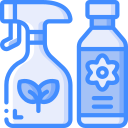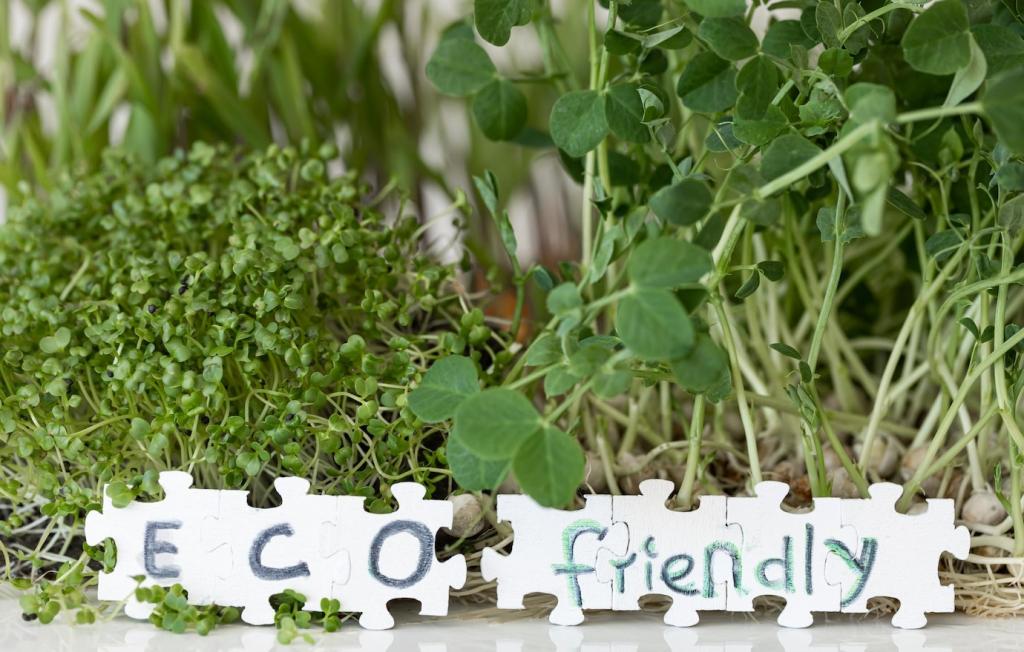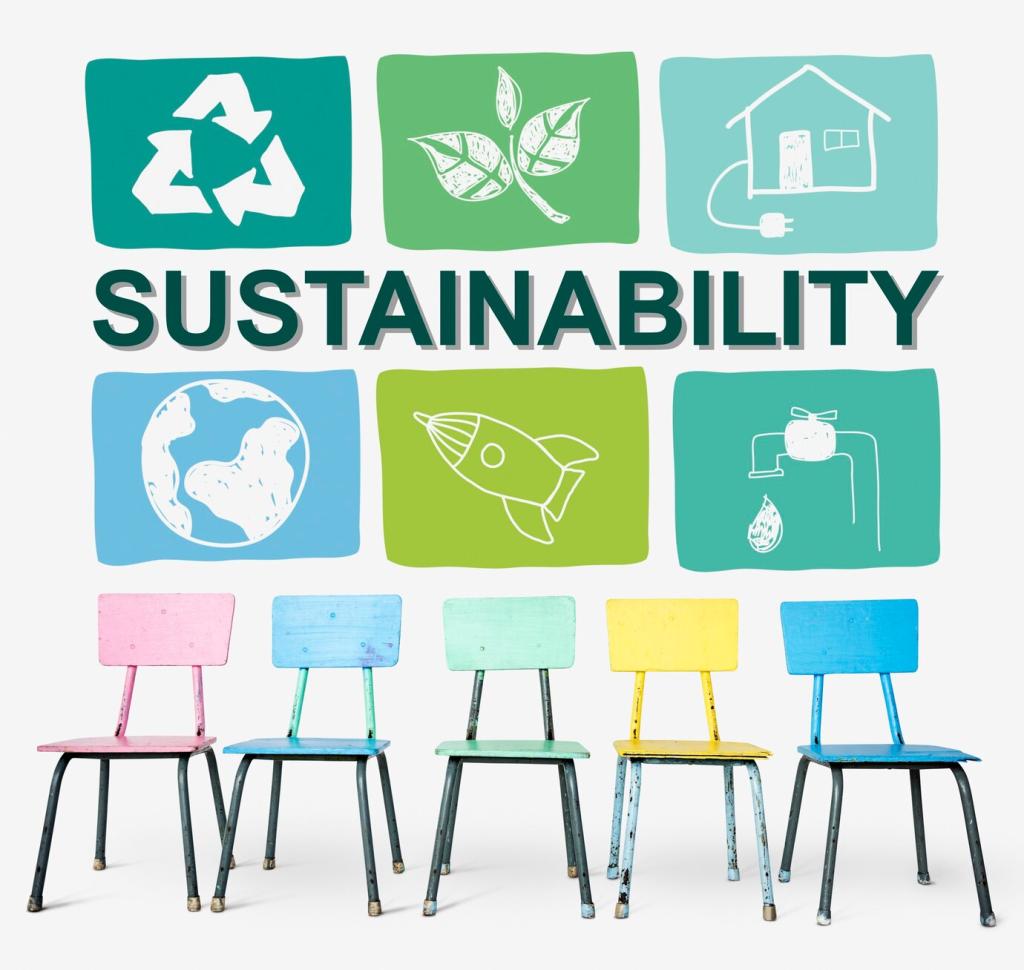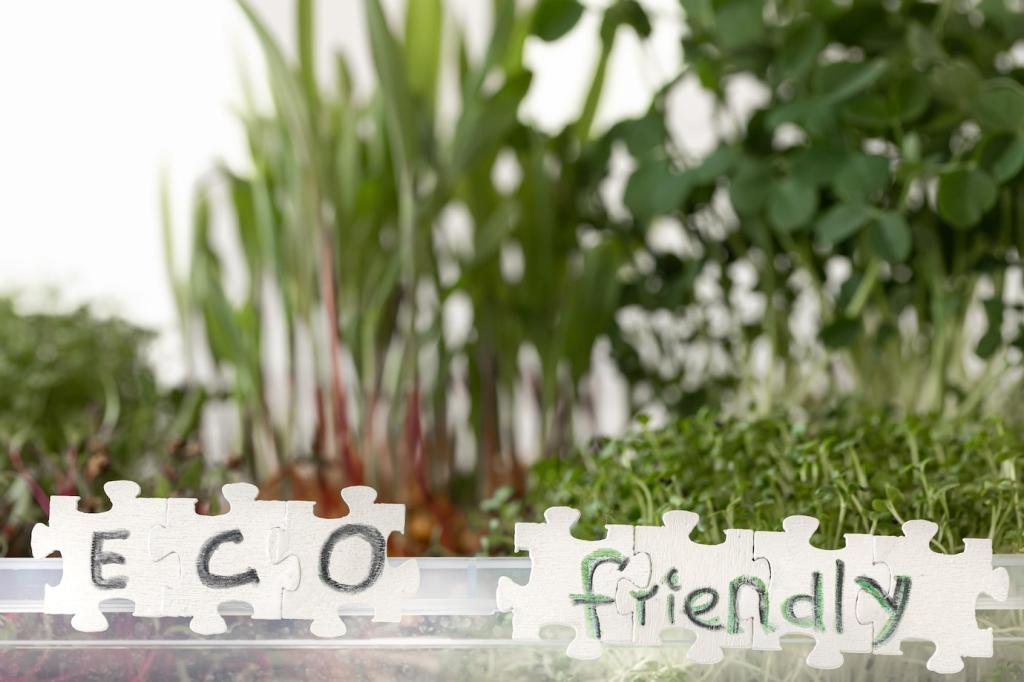Performance Myths, Tested
Cleaning success depends on dwell time, mechanical action, and matching chemistry to soil type. A milder product given time to work can outperform a harsh one used hastily. Patience, proper tools, and smart dilution often beat brute strength while protecting surfaces and your senses.
Performance Myths, Tested
In home trials, plant-based degreasers combined with hot water and a microfiber cloth removed cooked-on oil comparably to solvent-heavy sprays. Letting the cleaner sit for two minutes made the biggest difference. Share your stovetop struggles, and we will recommend a greener process tailored to your setup.






